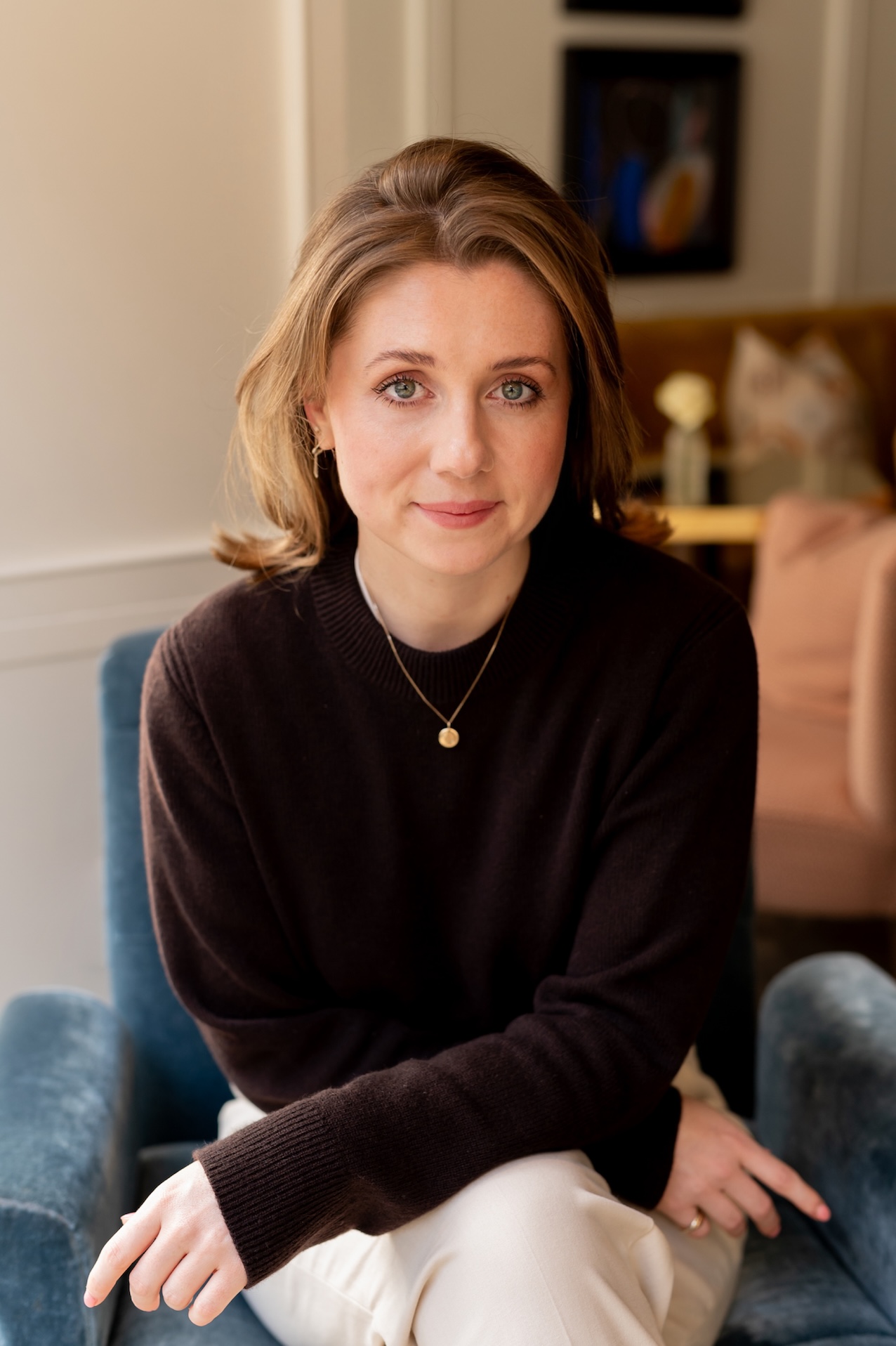Gstaad, Switzerland: ‘The last paradise in a crazy world’, a fairytale still untouched with pistes aplenty
Rosie Paterson travels to Gstaad–once described by Julie Andrews as ‘the last paradise in a crazy world’– to find out what lies behind the jet-set façade.

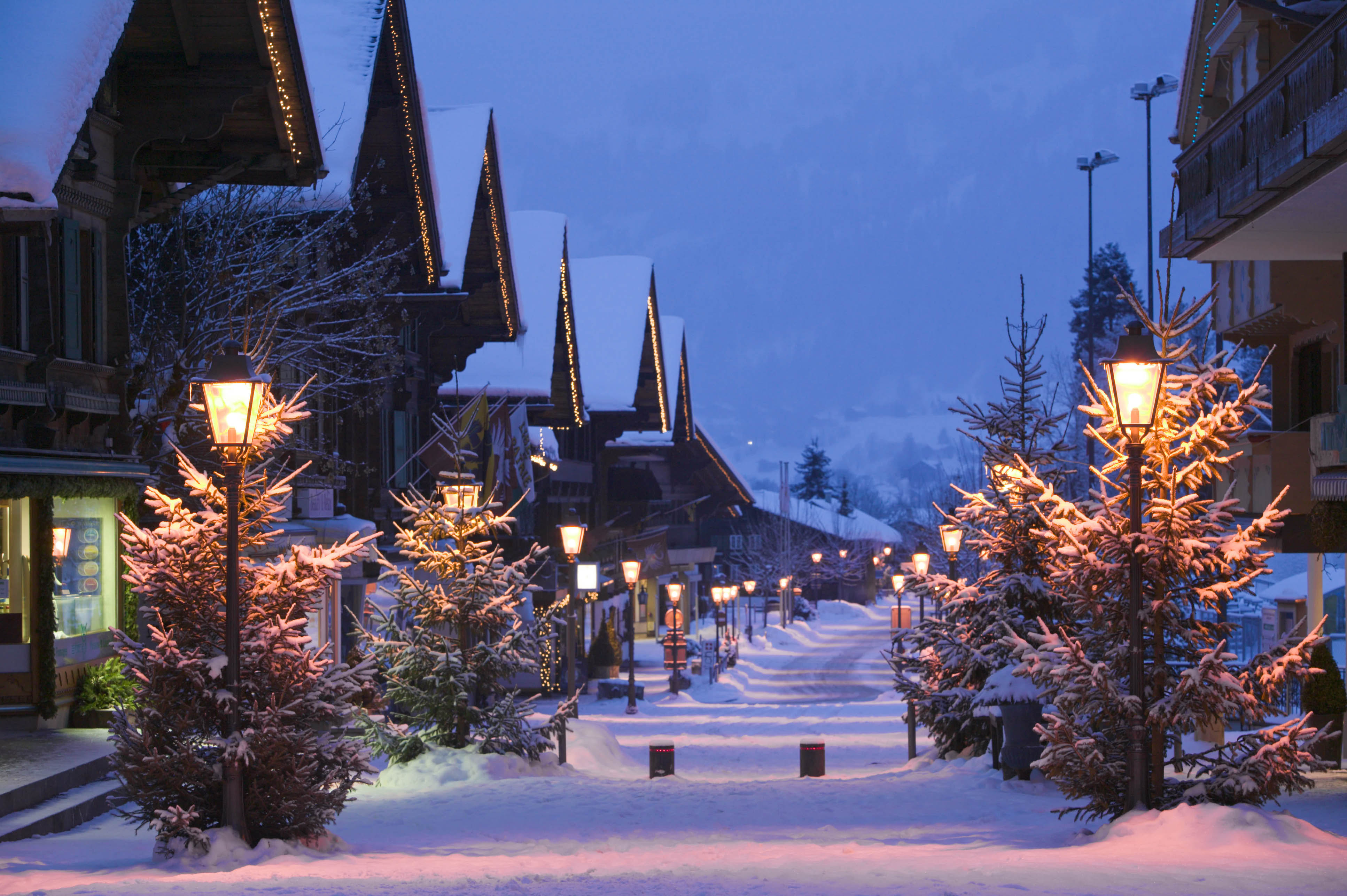
Growing up, learning to ski was a bit like going to school. Mandatory. My father was able to get over the fact that I hadn’t inherited his hand-eye coordination because I let him lead me down La Sarenne – The Alps’ longest black run, at 18km (11 miles)—aged 10.
A year later, he took me to Gstaad, where he himself had learned to ski. Any photographs I took on our father-daughter trip are long gone, but memories stick in my mind. The chocolates we brought back, our patience waning as the shop assistant diligently wrapped the boxes up in similarly painstaking style to the jewellery salesman in Love Actually portrayed by Rowan Atkinson. The drive from Vevey, where some of my grandmother’s family lived, each bend in the road that hugged the towering mountains revealing another majestic view.
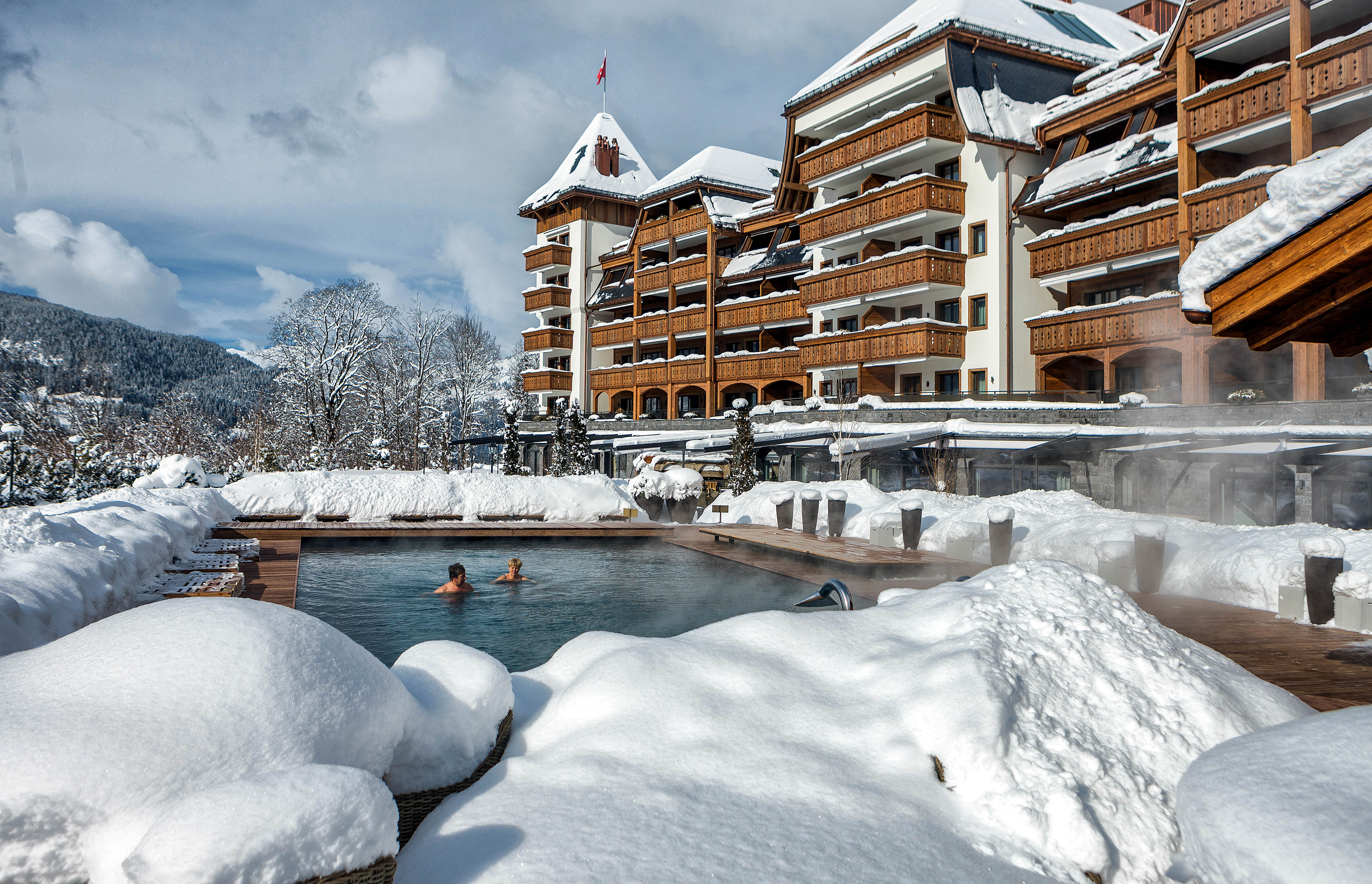
Finally, Gstaad itself – the surprisingly demure chalets with generations-old, rich decoration along the widely projecting roofs and carved balconies; traditional horse-drawn carriages clip-clopping down the main cobbled street; glamorous women swathed in fur, all kept in check by the impossibly romantic Palace Hotel, from its voyeuristic perch high above. For several years, I fantasised about getting married in that hotel.
'I was delighted to find the Palace and Gstaad seemingly untouched'
That dream has long since vanished, but, when I returned earlier this year, with my father in tow, I was delighted to find the Palace and Gstaad seemingly untouched. There have been some subtle changes, of course. One of the private chalets in town now has a climbing wall in its garden. And, a little lower than The Palace, although occupying no less of an enviable position, the Alpina Gstaad has appeared.
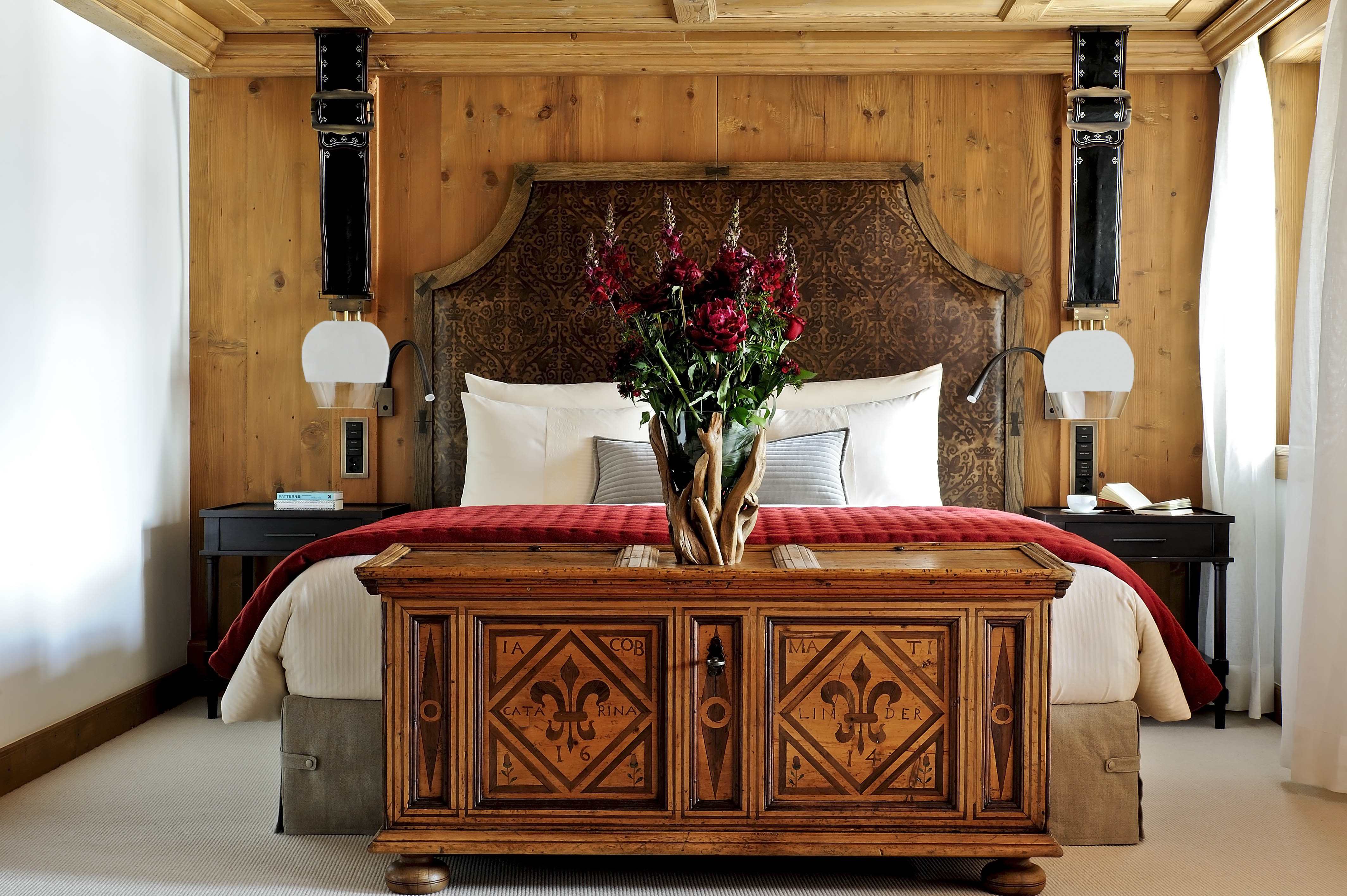
Constructed in 2012, it was the first luxury hotel built in Gstaad for a century. It has adhered to the town’s strict planning laws, standing at a modest six storeys, but this is where the modesty ends. A sweeping driveway is concealed underground—beneath landscaped gardens and my new favourite outdoor pool – ensuring new arrivals are welcomed away from prying eyes and current guests are protected from the noise of comings and goings.
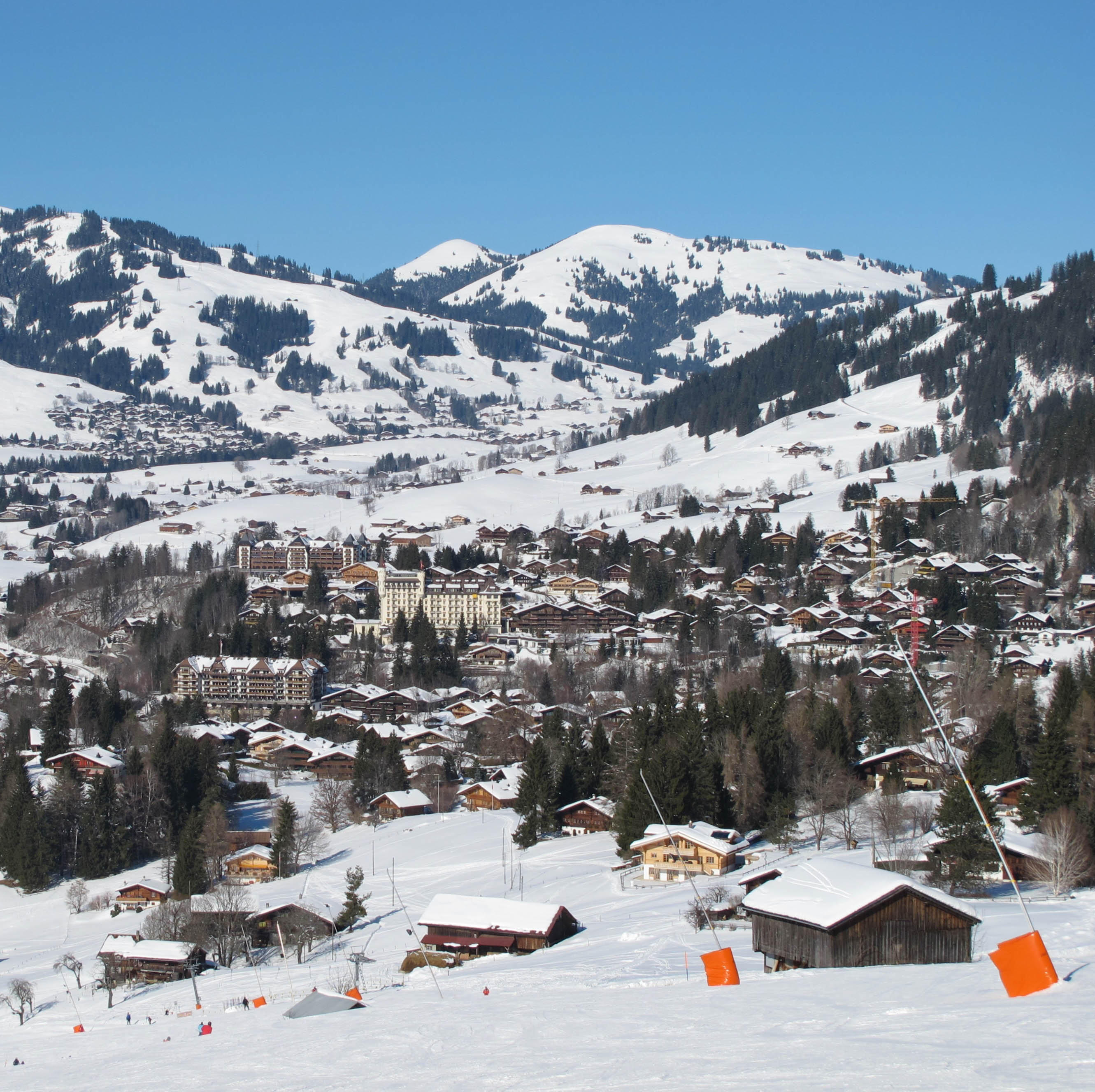
Bedrooms are sumptuous – with wooden panelled ceilings, chunky timber and stone fireplaces and bedside lights fashioned from Swiss cow bells; and they all have a balcony. There’s also an impressive Japanese restaurant, Megu, serving up fresh sushi (a much-needed change after large quantities of Swiss cheese) and flambéed Wagyu beef.

There’s a flawless concierge team, always on hand to whisk you around Gstaad and to the slopes, but don’t miss the series of signposted woodland trails that wind their way uphill from the village centre and across the hotel gardens. As I clambered gingerly through the thick snow, an array of brightly coloured hot- air balloons began their languorous assent ahead. Apparently, I had timed my visit with the 41st annual hot-air balloon festival, one of many cultural and sporting events that Gstaad hosts, including the Beach Volleyball Major Series and the ATP’s Swiss Open.
Exquisite houses, the beauty of Nature, and how to get the most from your life, straight to your inbox.
'I spent each day in a new area, exploring new terrain, from the windswept plateau of Glacier 300 to the Wasserngrat’s Tiger Run'
One morning, I found myself on the Peak Walk – the world’s first suspension bridge linking two peaks, with views to the Matterhorn, Mont Blanc and the Eiger, all set against a backdrop of brilliant blue sky. On another, a horse-drawn carriage pulled me past frozen lakes and icy woodland to the secluded Bochtehus Beizli, a 300-year-old farmhouse-turned-family restaurant, which specialises in local delicacies.
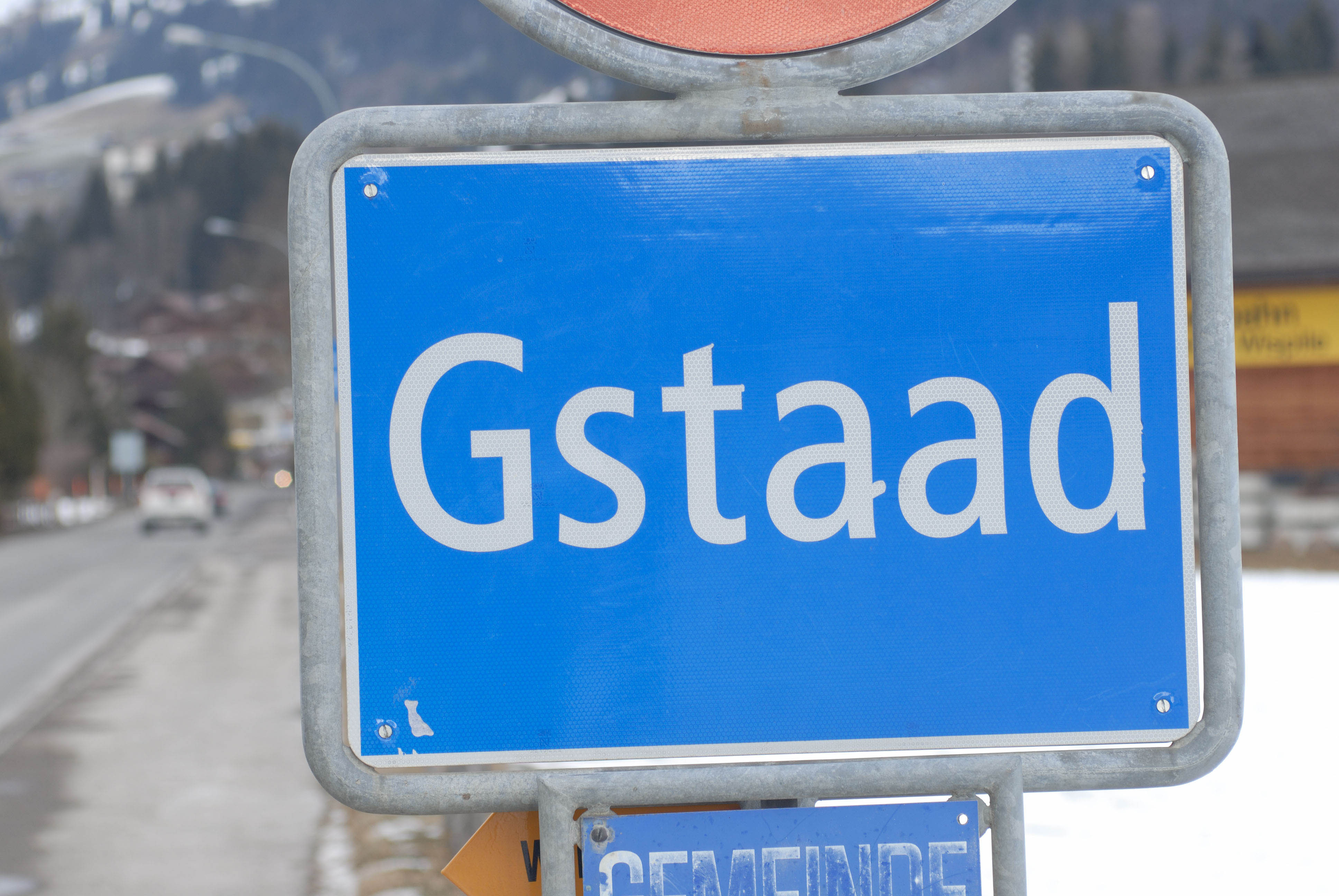
It’s the skiing, however, that many return to Gstaad for, year after year – 200km (124 miles) of immaculately groomed, wide and often empty slopes. Unlike other popular resorts, Gstaad’s ski areas are separated by nature reserves and un-pisted mountain faces. Far from being inconvenient, it meant that I spent each day in a new area, exploring new terrain, from the windswept plateau of Glacier 300 – the only glacier ski area in the Bernese Oberland – to the Wasserngrat’s Tiger Run, the region’s steepest slope with an average gradient of -45˚.

Lukas, my guide, grew up, attended school and learned to ski in Gstaad. Like a lot of his colleagues and his father before him, he’s a dairy farmer. In summer, he escorts his precious herd – Lukas refers to the cows as ‘his princesses’ – into the high, verdant pastures. In winter, as pasture becomes piste, the cows retreat to the warm safety of a hay-stuffed barn, leaving Lukas free to instruct and guide.
During a visit to the family farm, he told me of his plans to diversify and invest in a small herd of llamas – they’ve since arrived, to much acclaim on Instagram.
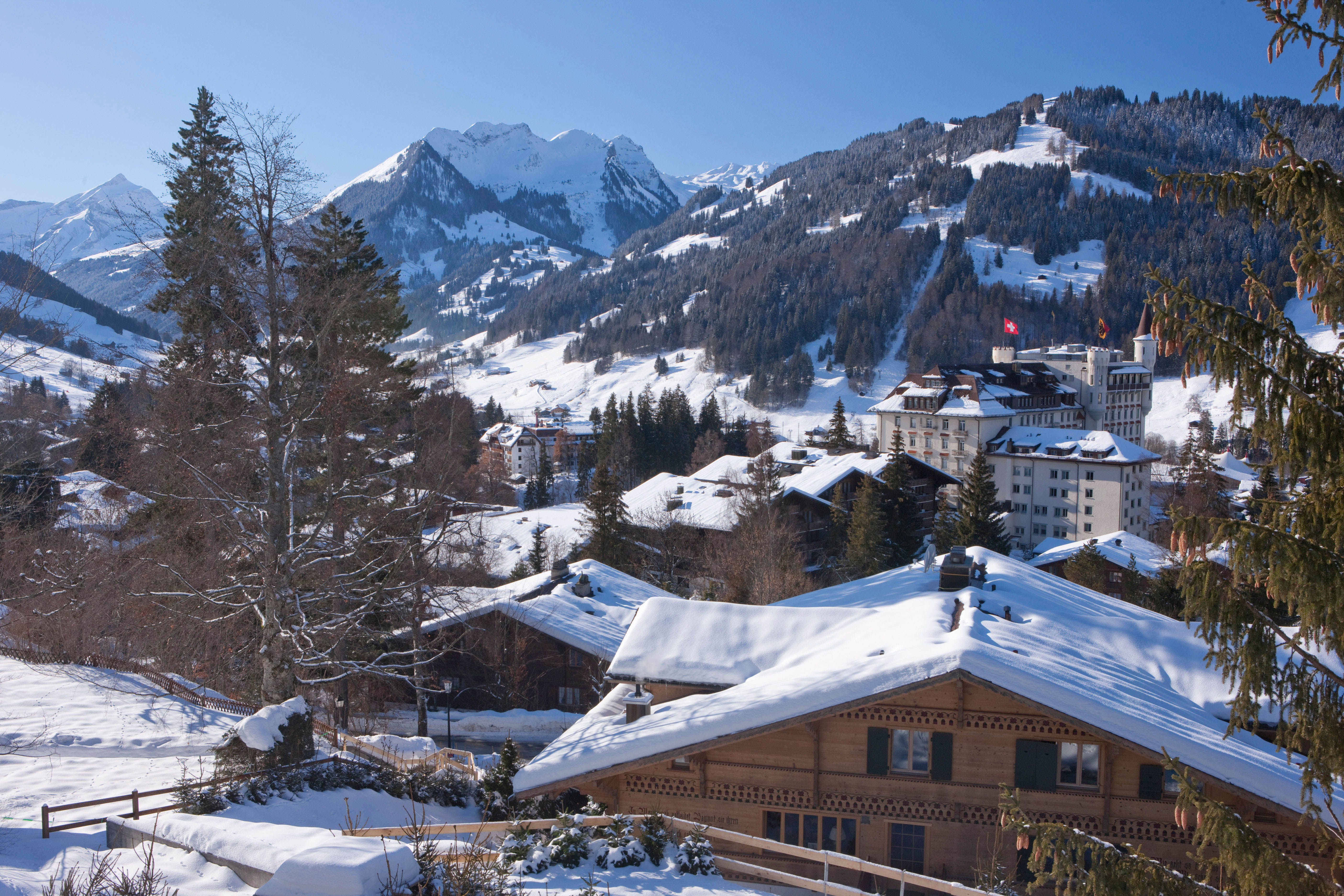
Given its international reputation and famous clientele, many are surprised to learn that Gstaad is still a working village – home to 200 farms, 7,000 cows and a population of more than 9,000 people – but that’s undoubtedly part of its charm and success.
The cheese (the hard variety, shaved into curls, isn’t to be missed) and milk that Lukas and other farmers produce is available in town – there’s even a Molkimat, or dairy vending machine, to sate cravings around the clock. I only hope I don’t have to wait another 15 or so years to go back.
Rooms at The Alpina Gstaad from £724, including breakfast and a daily food and beverage credit of £85 per day towards the hotel’s three restaurants, access to the swimming pools, sauna and steam room and relaxation areas of the Six Senses Spa, plus parking. Visit www.thealpinagstaad.ch to book.
How to get there
The idea of reliable train travel might be alien to us, but, in Switzerland, it’s a basic right. The GoldenPass train from Montreux (there’s a direct connection from Geneva) to Gstaad is a Belle Epoque delight; sit on the right-hand side of the carriage on the outward journey for the best view.
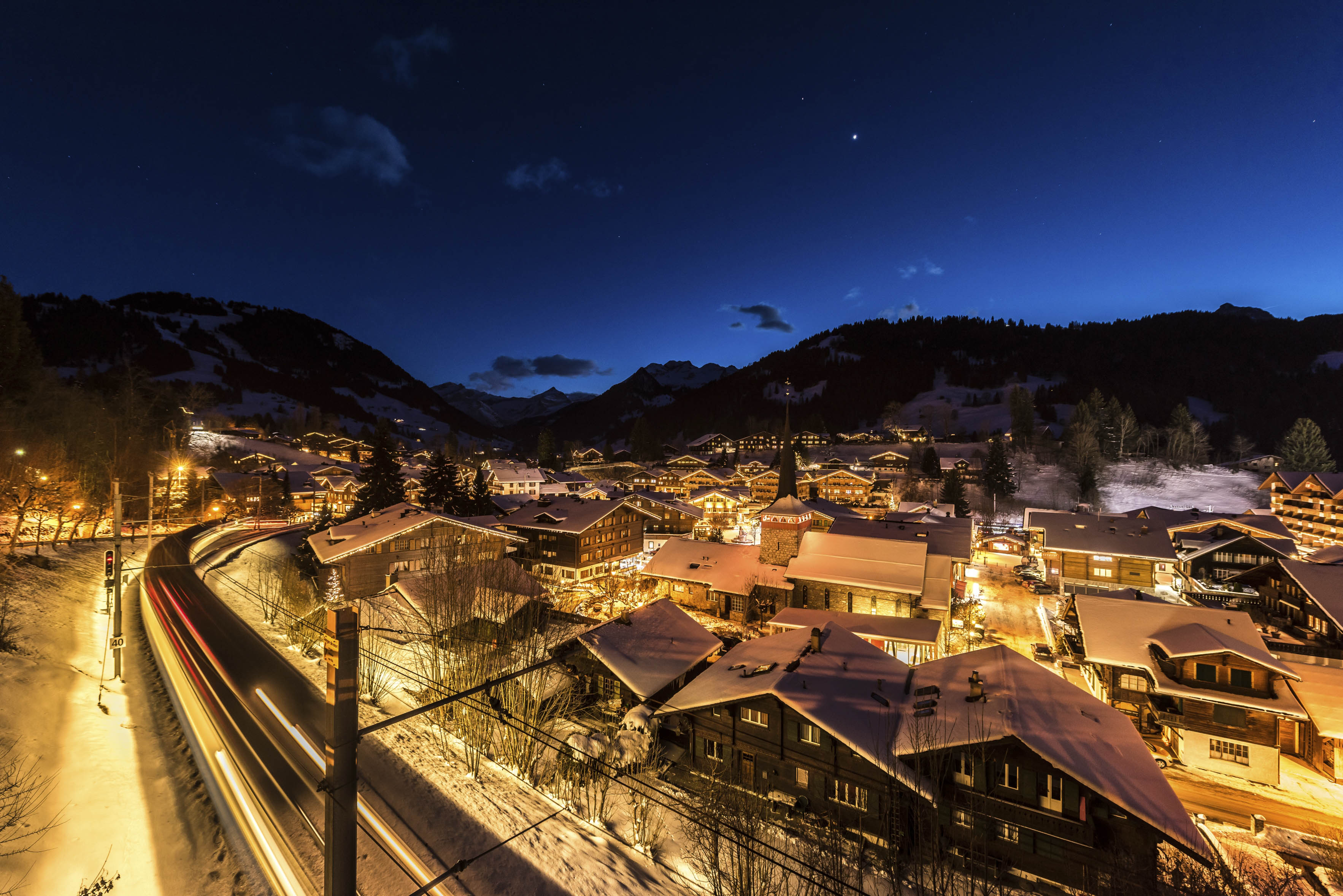
If you’re moving around, the Swiss Travel Pass offers unlimited travel on consecutive days, across the country’s transport network. To find out more, visit www.swisstravelsystem.co.uk.
Swiss Air is unbeatable for its baggage allowances: it includes sports equipment and even bikes.
Where to stay
Gstaad is famous for its luxury hotels, including The Alpina Gstaad and Hotel Olden, owned by Bernie Ecclestone. If you fancy something a little different, however, book a room at HUUS Hotel in the neighbouring village of Saanen. There’s ample public transport from just outside the front door; alternatively, nab one of the hotel’s complimentary Range Rovers.
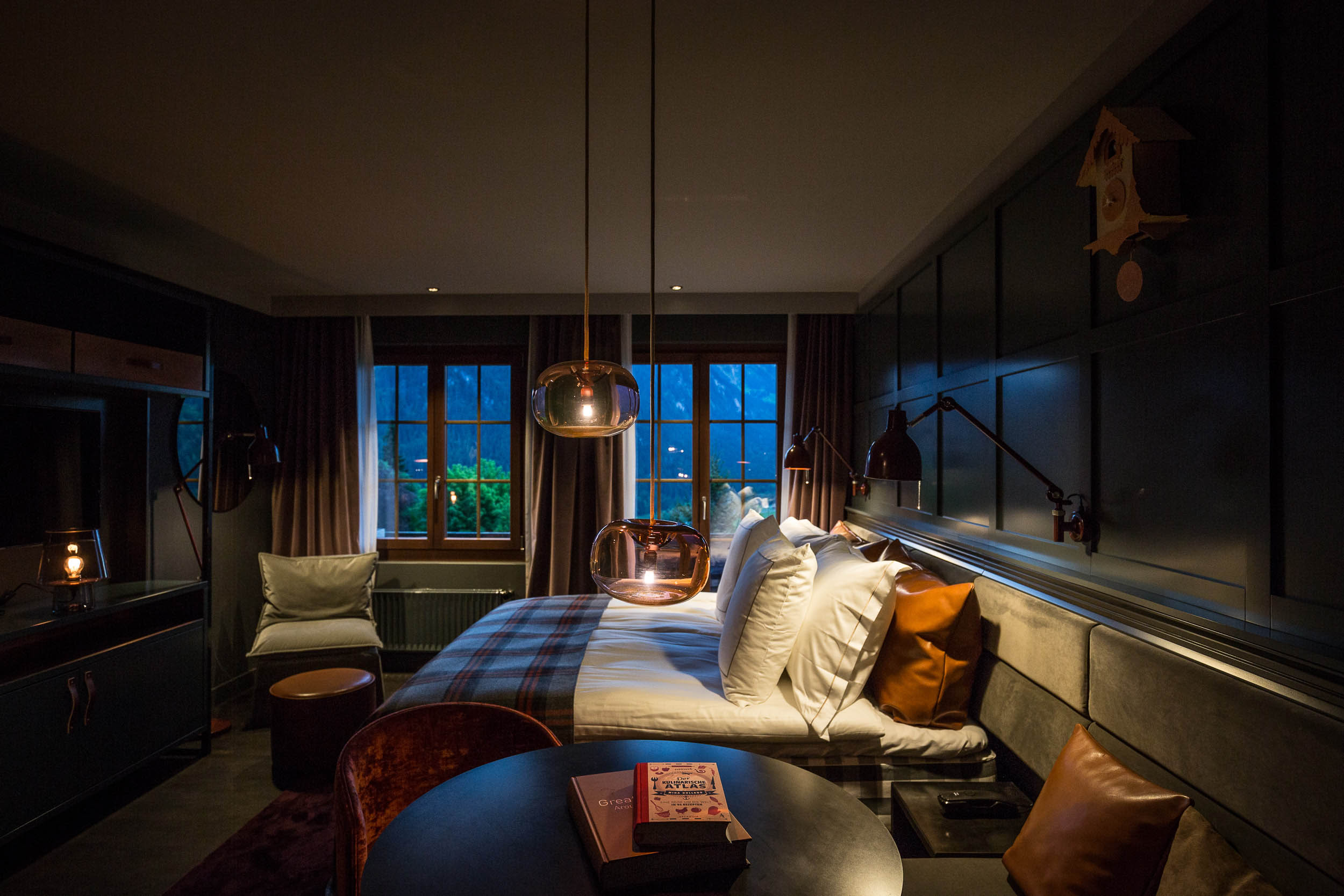
Behind the typical wooden façade, interiors bridge the gap between quirky and seductive and mountaineering-themed decorative installations dominate the central areas – a dramatic central library and a bar, popular with guests and locals.
Rooms from CHF135 (about £112) per night, including breakfast. To book, visit www.huusgstaad.com.

Review: Ristorante Frescobaldi - a new gem, 700 years in the making
Rosie Paterson tries out a new Mayfair restaurant with an extraordinary back story.
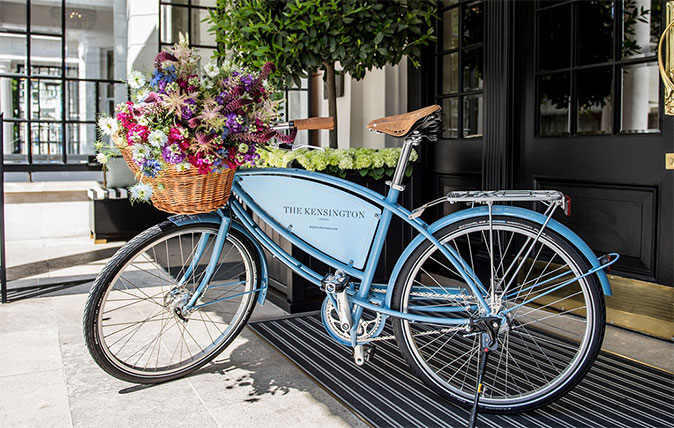
Credit: The Kensington – hotel in London
The Kensington hotel review: 'A charming bolthole that's just what we've been looking for'
West London is full of hotels – does The Kensington deserve to up there with the best of them? Rosie

Credit: DXR
Uber-chic ideas for places to stay, eat and shop in Paris
Rosie Paterson grabs her clipboard and umbrella to become your tour guide to Paris.
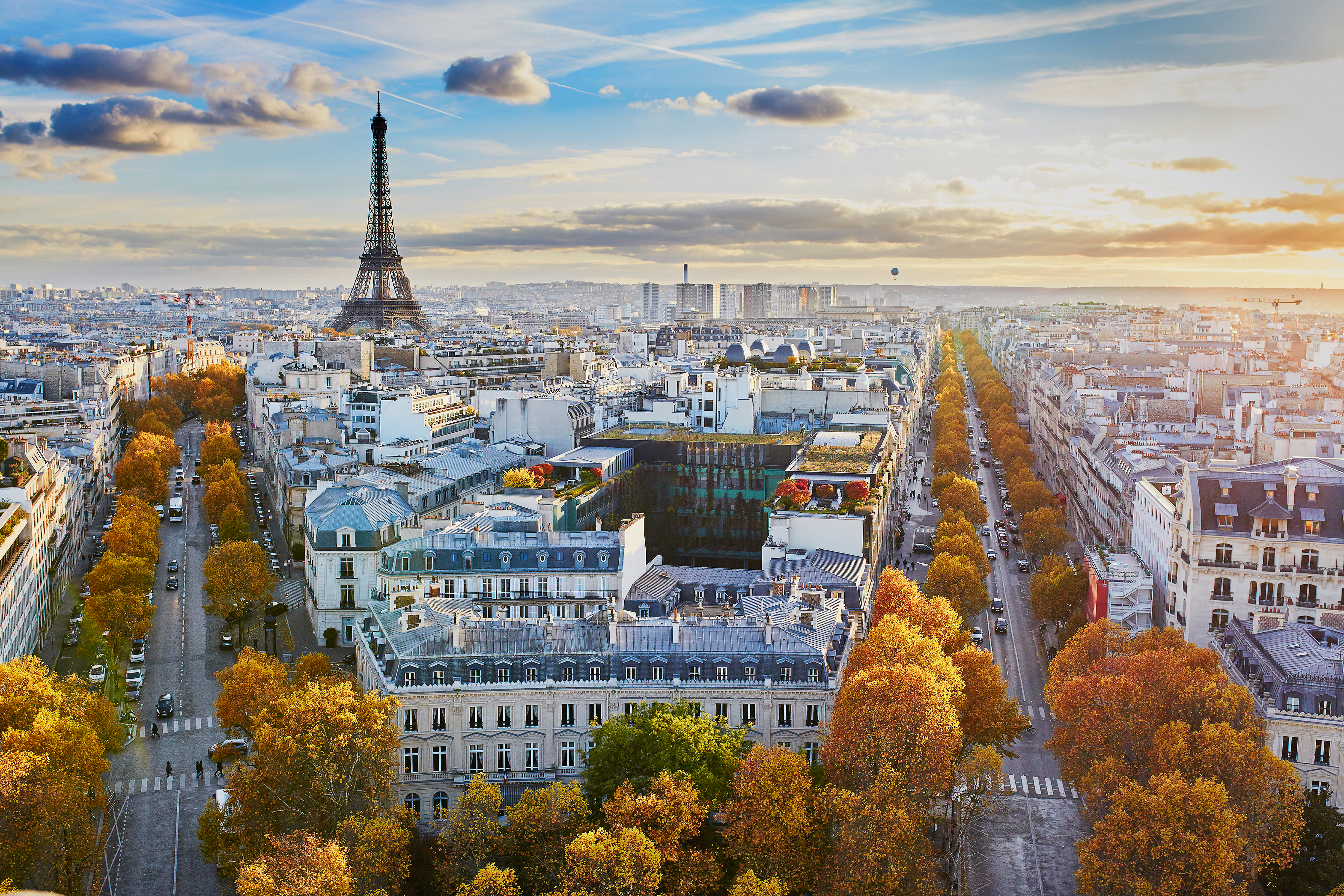
Credit: Ekaterina Pokrovsky
The Country Life guide to Paris, France: Where to go, what to see, where to stay and what to eat
Paris is always a good idea, so here’s our guide to what to do, where to stay and what to

Credit: Getty
Living without plastic | Part 4: going global and fighting plastic fashion
Nearly three weeks in to Rosie Paterson's plastic-free life, she's realising that the challenge will have consequences that reach far
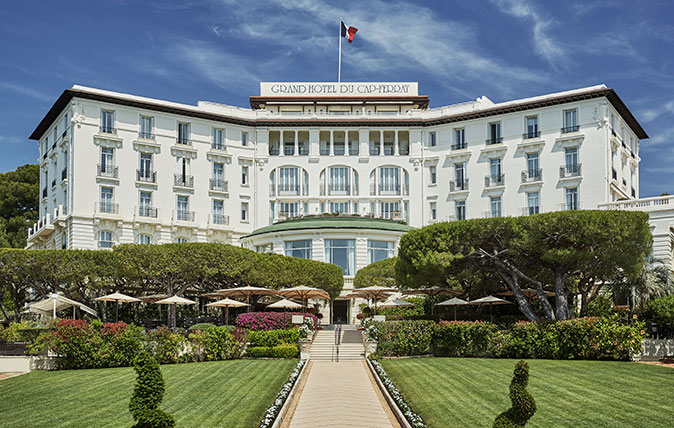
Grand-Hôtel du Cap-Ferrat review: A 1950s icon beloved of Churchill and Elizabeth Taylor, as good as ever in the 2010s
Rosie Paterson travelled to one of the Mediterranean's most famous hotels: the beautiful Grand-Hôtel du Cap-Ferrat.
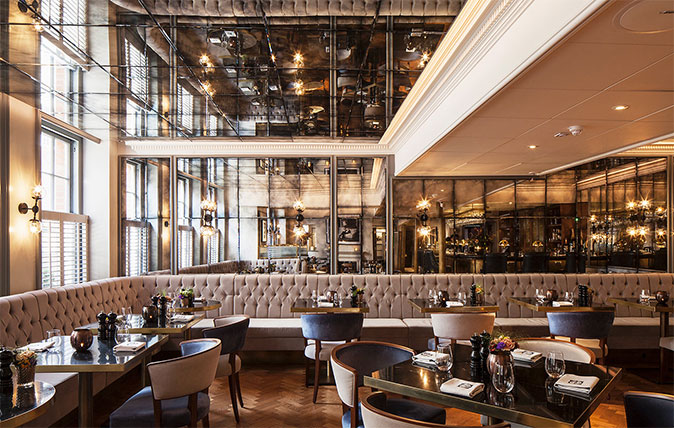
Credit: GBR restaurant review
GBR restaurant review: 'A surprisingly unstuffy and a calm oasis'
GBR in London's Dukes Hotel offers a laid-back atmosphere that's perfect for Sunday brunch, as Rosie Paterson found out.
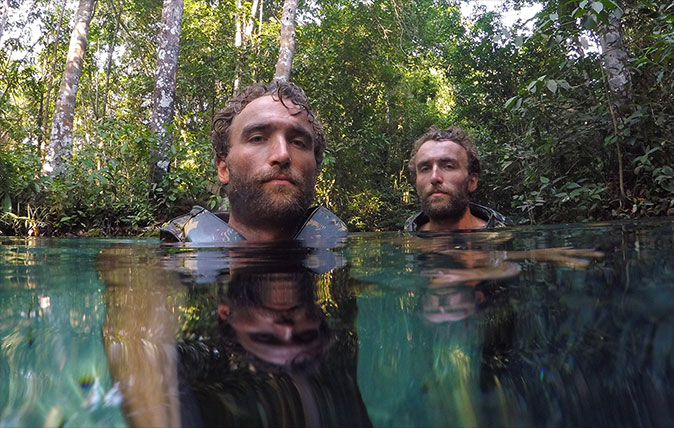
Credit: Turner Twins
The Turner Twins on trekking to the Green Pole, avoiding disaster and 'fields of plastic stretching for miles'
British explorers Ross and Hugo Turner – known as The Turner Twins – are earning a reputation for being two of
Rosie is Country Life's Digital Content Director & Travel Editor. She joined the team in July 2014 — following a brief stint in the art world. In 2022, she edited the magazine's special Queen's Platinum Jubilee issue and coordinated Country Life's own 125 birthday celebrations. She has also been invited to judge a travel media award and chaired live discussions on the London property market, sustainability and luxury travel trends. Rosie studied Art History at university and, beyond Country Life, has written for Mr & Mrs Smith and The Gentleman's Journal, among others. The rest of the office likes to joke that she splits her time between Claridge’s, Devon and the Maldives.
